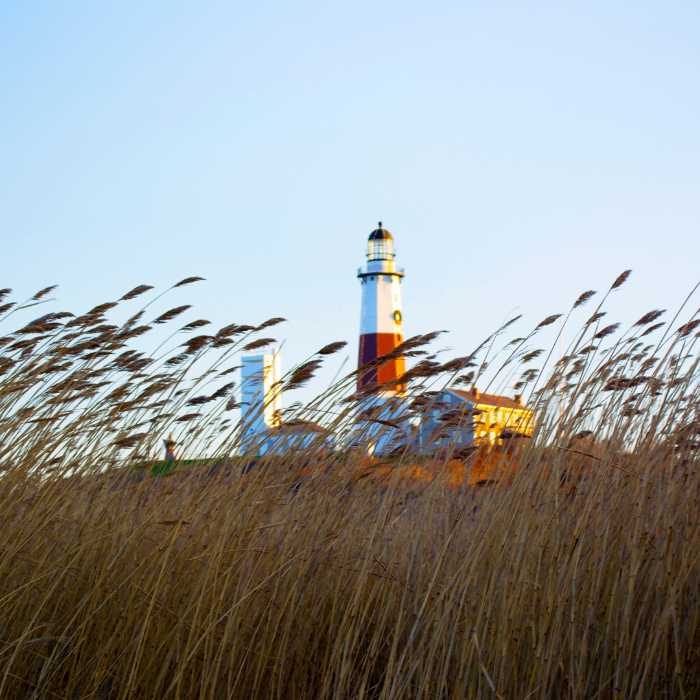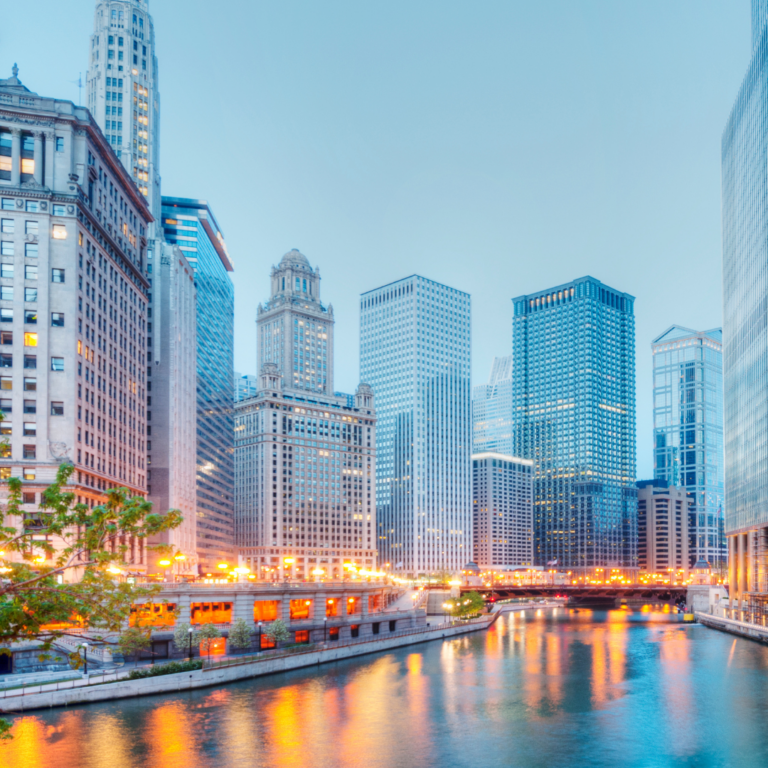Joshua Tree Day Trip: 9 Places to See and Visit
Joshua Tree National Park in southeastern California is roughly the size of Rhode Island and encompasses 800,000 acres. This national park is a great place to spend a day of your vacation exploring.
Just make sure that you come prepared for a day of adventure because there are no restaurants, gas stations, or grocery stores inside the park.
Disclaimer: Below may contain affiliate links, where I make a small commission. I only recommend products that I use and love at no cost to you.

What should you bring with you for a day of exploration?
First of all, you will need a vehicle with plenty of gas because there is no transportation provided inside of the park. You will also need plenty of sunscreen, lip balm, water, food, comfortable shoes, and extra layers of clothing. Make sure that you bring more food and water than you think you will need because you will likely work up an appetite hiking around the park, and you need to drink plenty of fluids to keep you hydrated in the desert sun.
Now that you know what you need to bring with you, let’s talk about what you should see during your day trip to Joshua Tree.
Exciting Tours to Book
9 Places to See in Joshua Tree on A Day Trip
Visitors Center
Your first stop in the Joshua Tree National Park should be at one of the four visitor centers. These are the Joshua Tree Visitors Center, Cottonwood Visitors Center, Black Rock Nature Center, or the Oasis Visitor Center. You will need to stop at one of the visitor’s centers first to get a paper map of the park.
There is limited cell signal in the park which means that you can’t rely on your phone or GPS for directions. You can also use the restroom and refill your water if necessary at the visitor’s centers.
Cholla Cactus Garden
You won’t find any Joshua Trees here but you will find a whole lot of teddy bear cactus! These plants might look cute and cuddly but if you get too close you will get pricked! There is a parking lot near the entrance to the garden and it is an easy ¼ mile walk on the path that loops around to end near the parking lot.
Watch out for barbs that have fallen out of the cacti on the path if you are not wearing closed-toe shoes.
Skull Rock
Erosion has left holes in this massive rock that make it look like a large human skull, and that’s where the name Skull Rock comes from. Skull Rock is located in the Jumbo Rocks section of Joshua Tree National Park and you will find unique rock formations stretching out for miles in every direction.
There is a hiking trail here, but the Skull Rock rock formation is right off of the road if you don’t have time for a hike planned into your itinerary.
Barker Dam
Barker Dam was built by cattle ranchers over 100 years ago to preserve water for their stock. If your visit is in the Winter or Spring the dam may be filled with water that reflects picturesque images of the rock formations around it. During the Summer and Fall, the dam is usually dry but you can see the rings around the rocks showing how high the water has been.
There is an easy 1.5-mile hiking trail around the Barker Dam where you can admire the scenery and take pictures.

Arch Rock
Many visitors note that the trailhead here is not marked well. The trail begins in White Rock Campground, though other trails connect to it as well, and you can look for the start of the trail across from campsite #9.
The hike from here to Arch Rock is only about 30 minutes long and there are some interesting rock formations to climb over and take photos of along the way. Once you reach the Arch Rock formation you may have to wait your turn for a photo opp.
Hidden Valley
Hidden Valley Trail is an easy one-mile trail that is suitable for everyone including families with children who will enjoy climbing up over the rock formations along the way. The trail is well marked and will take you through a beautiful valley and a narrow entrance between the boulders.
Once you have finished the trail there are picnic tables available that you can stop at for lunch or a quick snack.
Black Rock Canyon
Black Rock Canyon has a visitors center, campground, and parking lot that make it easy to access the hiking trails in this section of the park. You can park at the visitor’s center and get out and explore, but it’s possible you may see some of the wildlife that lives in this section of the park without ever leaving your vehicle!
Coyotes, jackrabbits, ground squirrels, mountain lions, mule deer, bighorn sheep, and desert tortoises are all known to frequent the area, along with a wide variety of birds.
Keys View
Keys View is the highest point in the Joshua Tree National Park at an elevation of 5,164 feet and from here you can see the San Andreas fault, the Salton Sea, the Santa Rosa mountains, and Coachella Valley. Key’s View is a popular place for park visitors to enjoy the sunset, but if you want to do that you will need to arrive a couple of hours before sunset to ensure a space to park.
If you do plan to enjoy the sunset here make sure that you have a few extra layers of clothing. It gets chilly in the desert at night, even in the summer months.
We recommend booking this best-selling tour HERE.
Cap Rock
Cap Rock is one of Joshua Tree’s shortest trails at about 0.4 miles. The trail is an easy one and well marked with interpretive signs explaining the flora and fauna that can be seen there.
Cap Rock itself is a collection of flat boulders that are very popular with rock climbers. There is a parking area here as well as a picnic and grill area, and a restroom.
Related Posts:
The 10 Top Places to Go Alone in Los Angeles
Solo Travel vs Tour: 5 Things to Consider
The Best Solo Female Travel Destinations in 2022: 7 Must See Cities
Final Thoughts
The attractions listed here are far from all of what Joshua Tree National Park has to offer, but they will give you a good overview of what is here in a single day. What are you most excited about seeing during your day trip to Joshua Tree?



